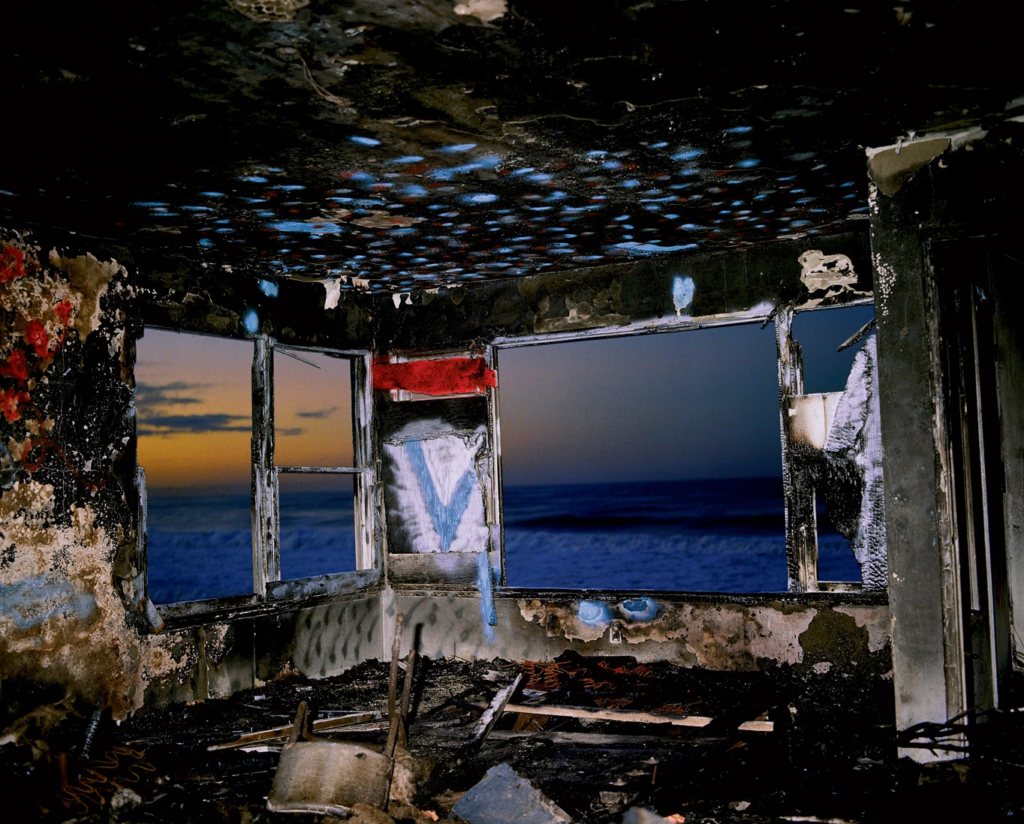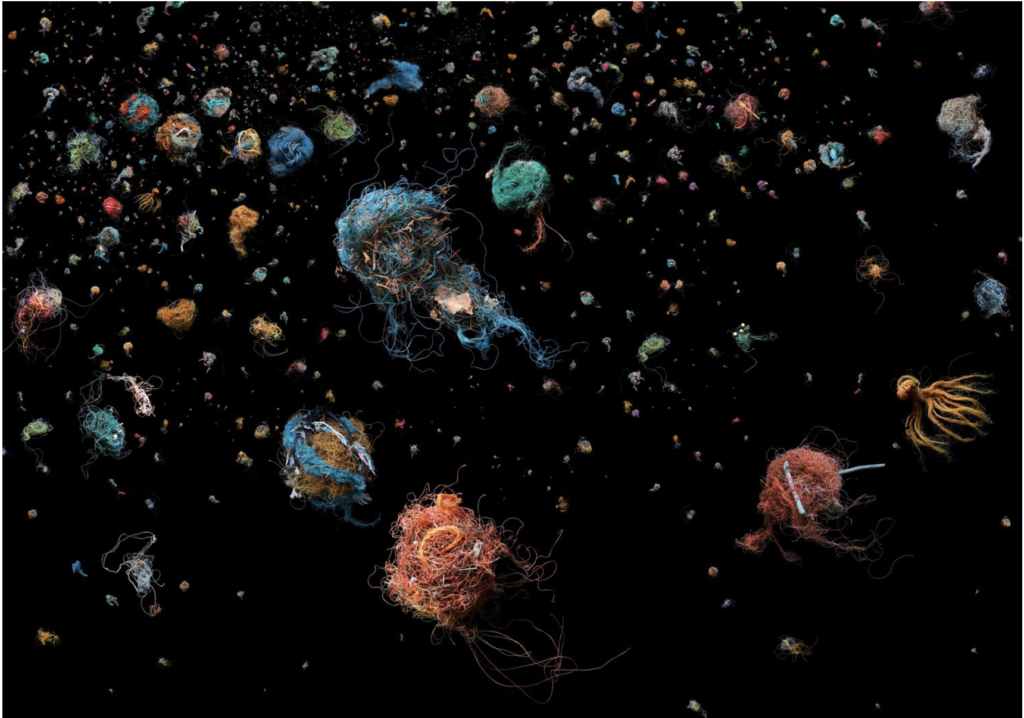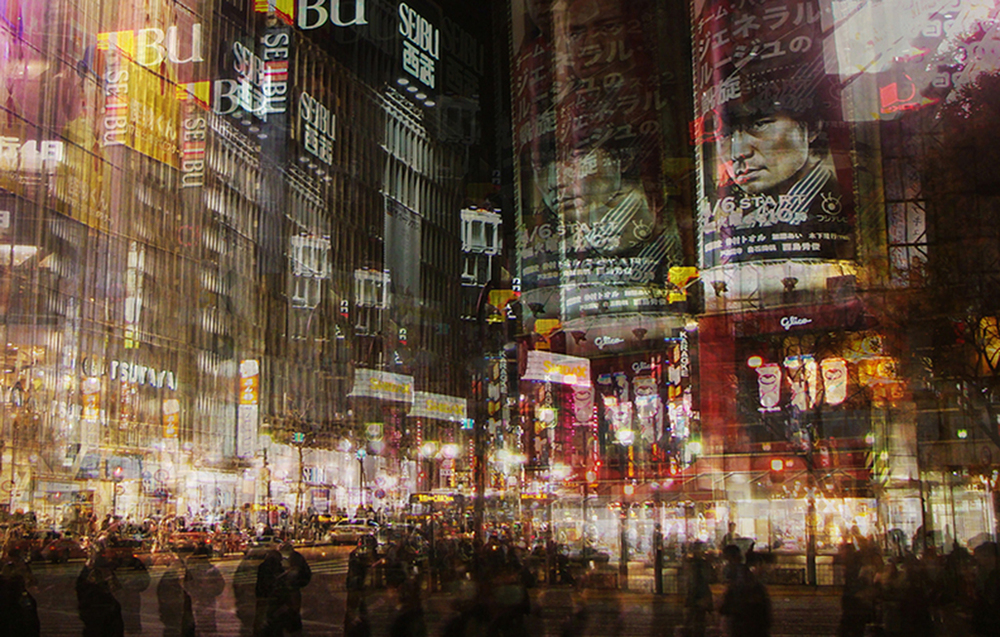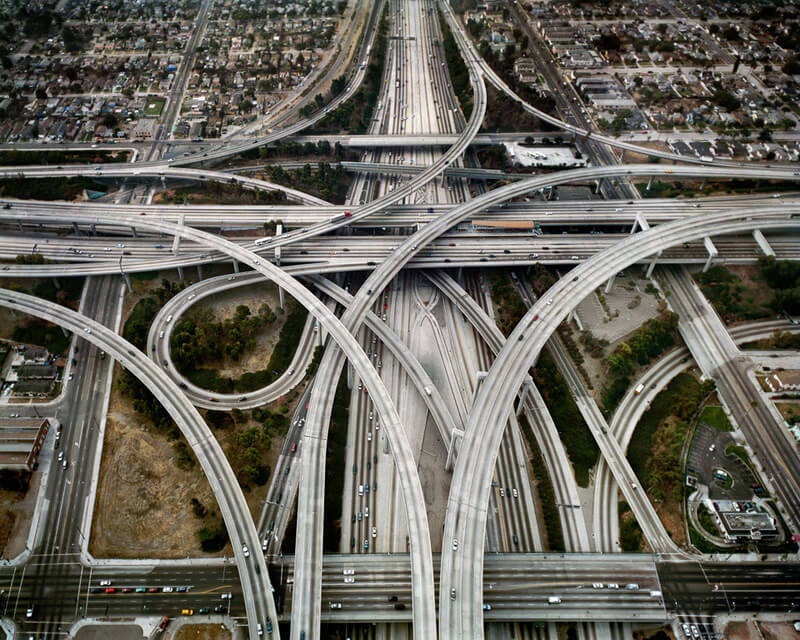
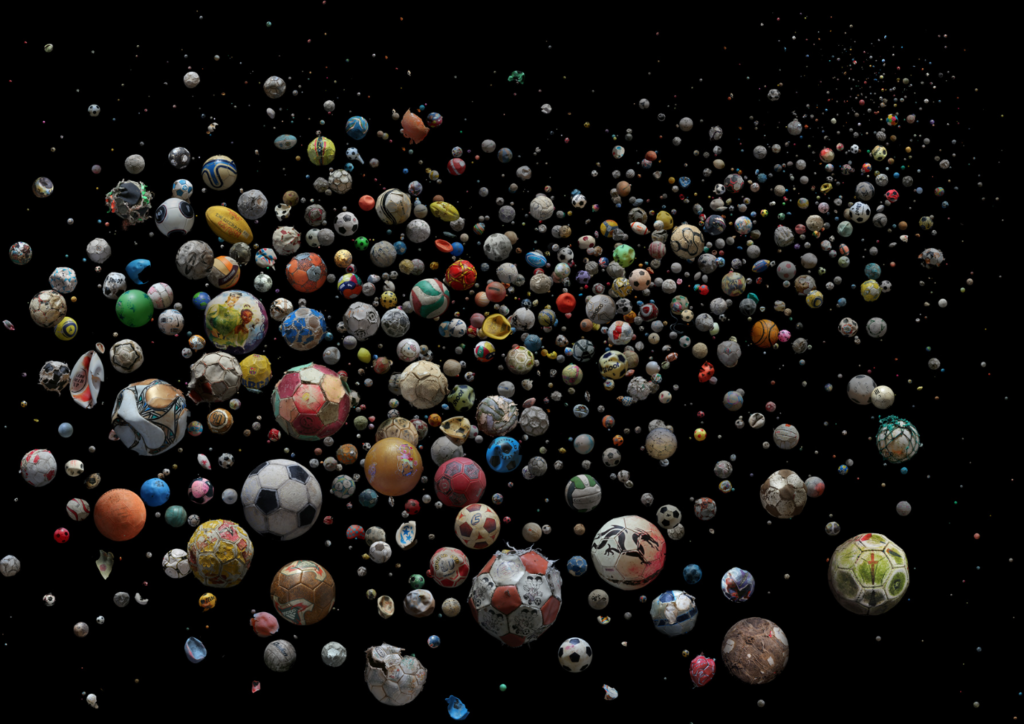
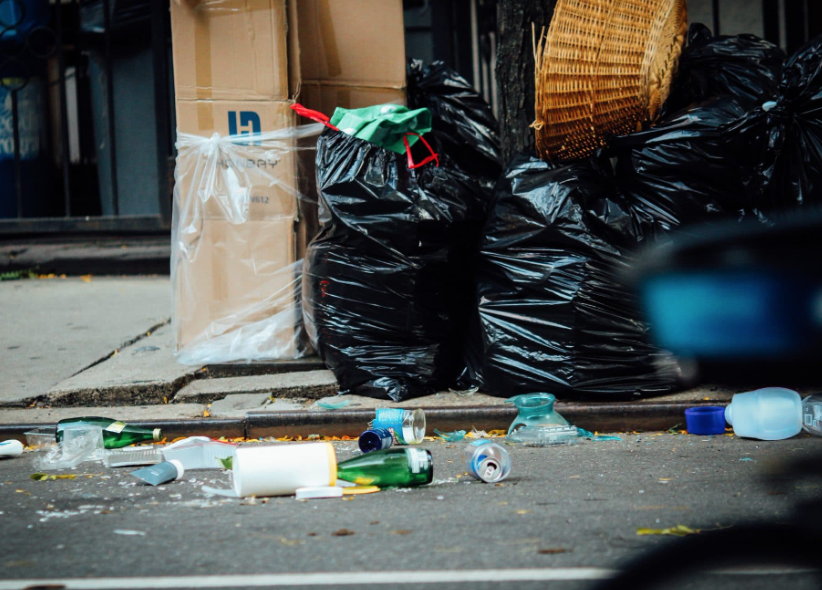
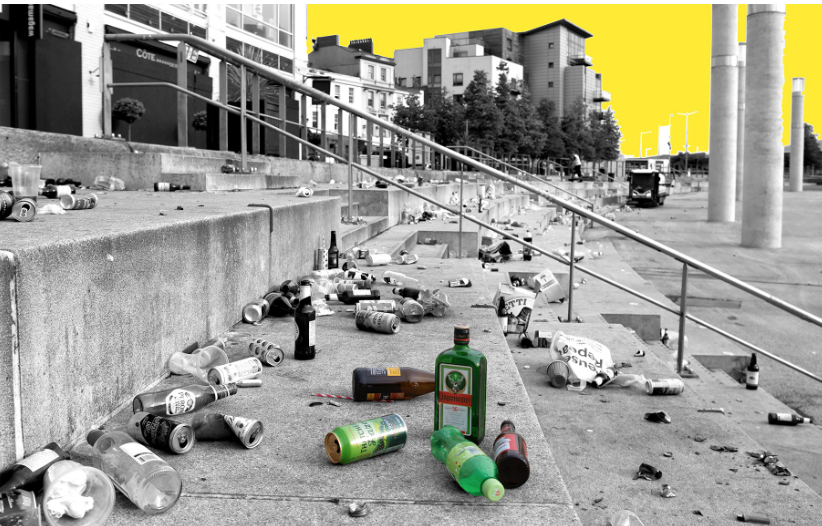
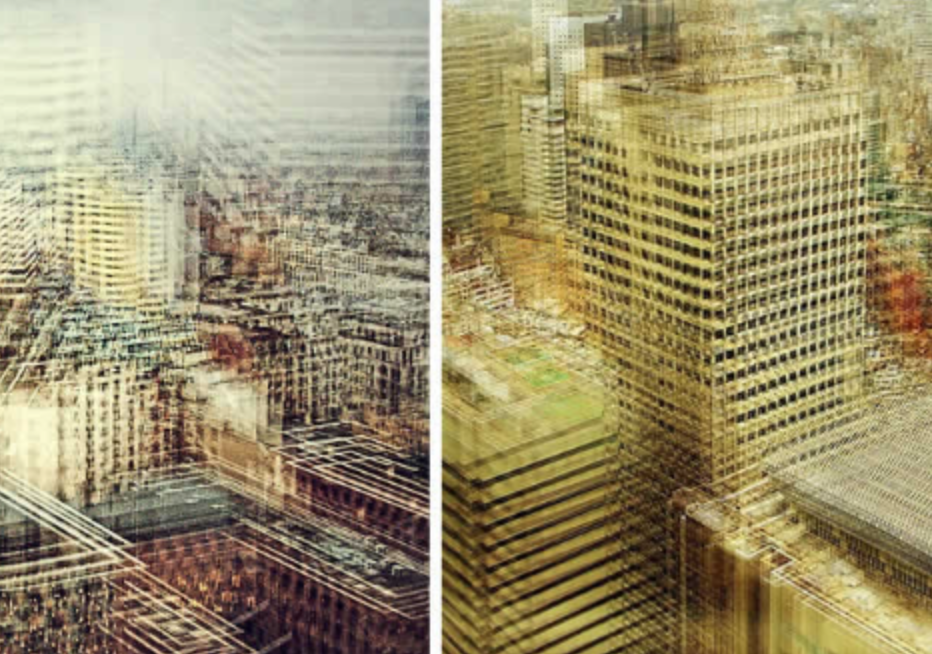
who: I want my photos to include some people, interacting with the environment around them- showing how our impact has effected the scenery I will be photographing. However, I will also take some photos without any people to create a deserted look in them, portraying the idea of abandonment, how they have used the environment for their own gain and now left it to slowly deal with the damage.
what: I will want to photograph construction sites with people working on it, abandoned buildings, natural places with waste, and also big buildings in town (to create images inspired by Stephanie Yung).
where: I will go around St. Helier to capture the urban landscapes in our town, capturing busy areas in interesting ways. I will also go to more rural places where I can capture the impact of humans on the environment.
when: I will take most of my pictures at the weekend as that is when town will be busiest and I will be able to capture people interacting with the world around them in natural ways. I will take most of my pictures during the day however some pictures could be taken near the end of the day, capturing buildings in a different way that is not so commonly seen as normally.
how: I will use a tripod (especially when going out at night) to take the low exposure and slow shutter speed photos. I will also use techniques like exposure bracketing to create images inspired by the artist Stephanie Yung.
why: I believe all of these destinations will be a good way of presenting the Anthropocene through my work, and the impact humans have on the world.
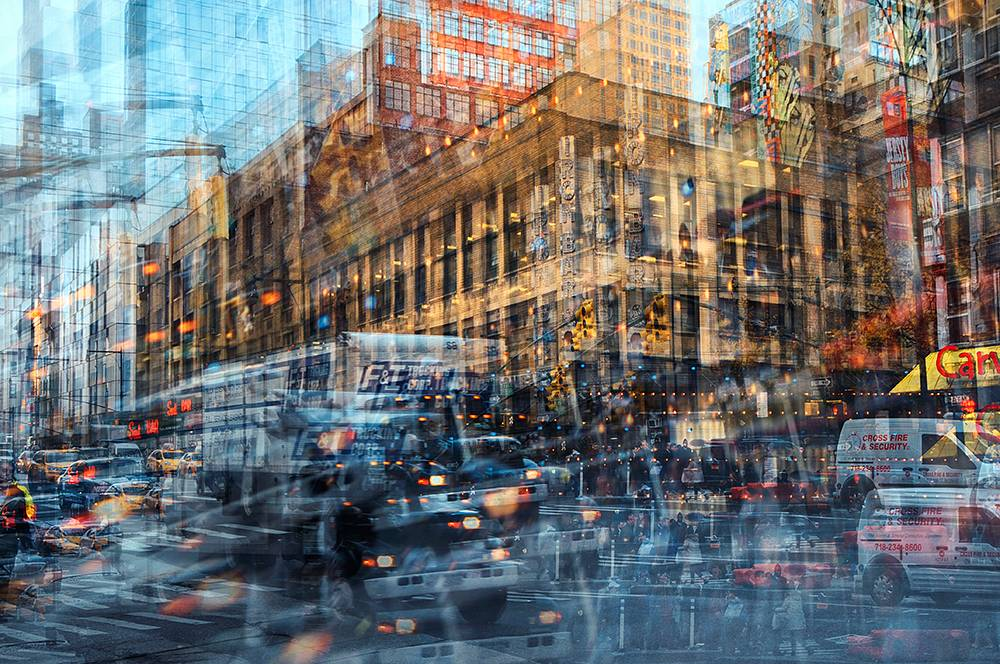
Mandy Barker is an award winning British photographic artist whose work involving marine plastic debris has received global recognition. Her work has been exhibited, published and collected worldwide.
Her work is trying to emphasize how humanity is negatively impacting the Earth. She creates artistic work that shows real life tragedies of what is happening around us.
While her photographs are aesthetically pleasing to look at they hold a deeper meaning she is hoping to reach with the audience. She realised in her previous project when she took a picture on sight on the beach the audience didn’t engage enough she hoped, due to this she created a more colourful and bright image using vibrant plastics on a black velvet sheet. This seemed to engage with the audience more since it look more appealing. Due to Barkers project being so big she asked her viewers to help her collect plastics they find, she received many messages with people complying with her task.

‘The objects shown are unwashed and unaltered, as found on the shore. Forms and shapes are reminiscent of sea creatures, but these are man-made from plastic, the very material that proves fatal to the animals and organisms themselves. As they gradually begin to break down, they are likely, ultimately, to be ingested as microplastic particles.’
– INDEFINITE: Mandy Barker website
What is Anthropocene?
The Anthropocene Epoch is an unofficial unit of geologic time, used to describe the most recent period in Earth’s history when human activity started to have a significant impact on the planet’s climate and ecosystems.
How and why are photographers exploring this concept?
Humans have become the single most influential species on the planet, causing significant global warming and other changes to land, environment, water, organisms and the atmosphere. Photographers can use their skills to capture this concept and publish/ display it for people to reflect on. I think its a very impactful genre of photography.
Examples of Anthropocene:
Global warming, habitat loss, changes in the chemical composition of the atmosphere, oceans and soil, and animal extinctions.
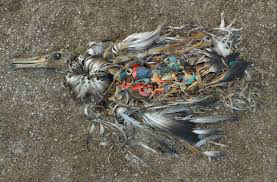
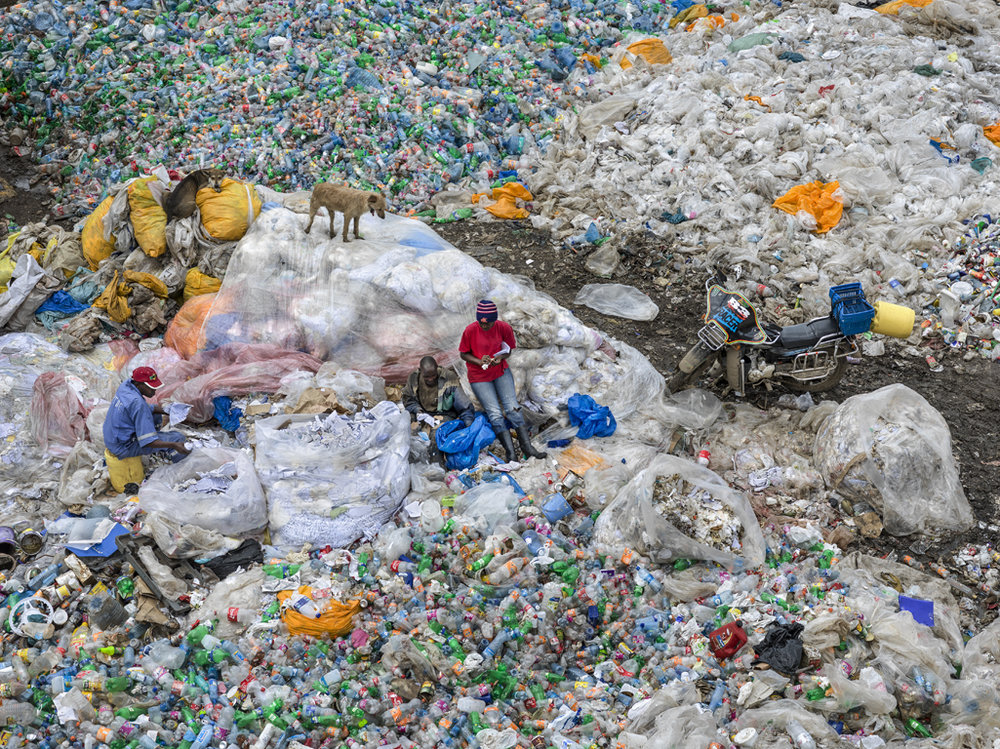
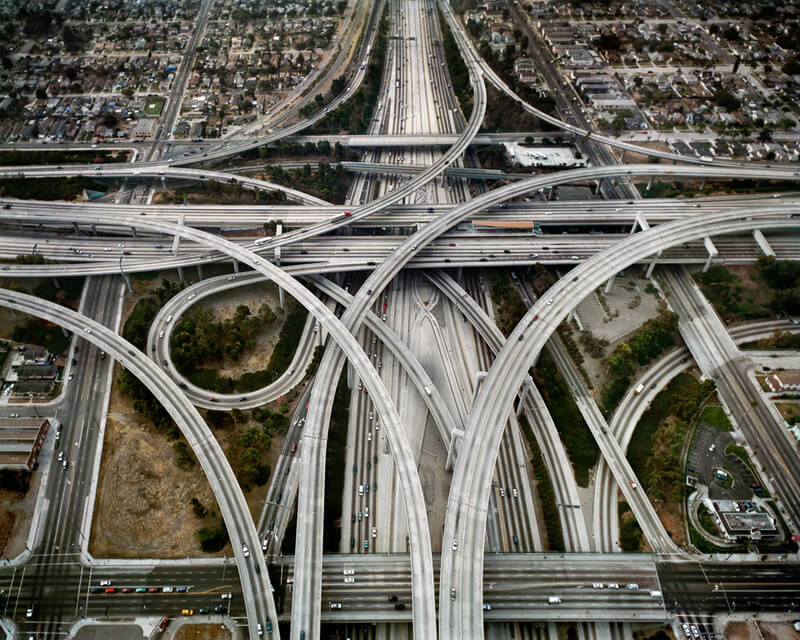
Moodboard:
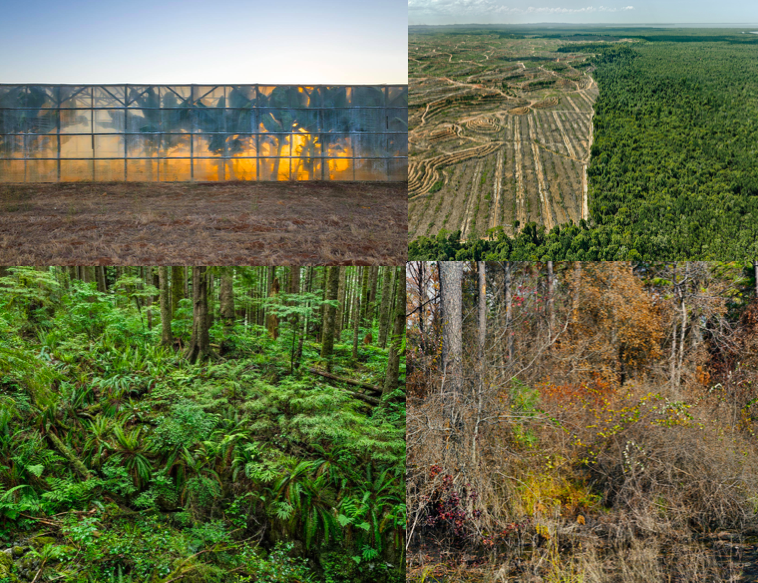
I am aiming to photograph more landscapes and greenery. Land erosion, Deforestation and urbanisation.

Mandy Barker is a British photographer, who is mostly known for work with aquatic plastic debris – she has been working with marine plastics debris for over 13 years. Barker has worked alongside scientists in hopes of bringing awareness to the large amount of plastic that is floating around in the oceans.
Barker gathers or people send her different pollution related objects. She lays them out on a black background and later edits certain objects to be bigger if she wants it to be a focal point or smaller to fill up the image.

George Marazakis
The Anthropocene is an era in which human activity is the dominant influence on both climate and environment.
Human existence, per Marazakis notes, is paradoxically both disease and cure for the earth: “If we assume that humans, and by extension, human civilization, is a product of nature”, he explains, “an external observer could describe it as an autoimmune disease attacking its own body.” Through our greed, we are destroying the earth, but it is such greed that could also save it. “The ecological movement does not aim at the salvation of the planet, but at the salvation of human existence on the planet.”

Mandy Barker
She is an international photographer whose work investigates marine plastic debris, she aims to raise awareness around plastic pollution in the world’s oceans and highlight current research studying the effects this has on marine life and ultimately ourselves.
One of her most famous images “Penalty”, that was made around the 2014 world cup, she got people worldwide to go out and find any footballs that may have been discarded or washed up on the beach. Using her simplistic style she created this image:


The Anthropocene defines Earth’s most recent geologic time period as being human-influenced based on overwhelming global evidence that atmospheric, geologic, hydrologic, biospheric and other earth system processes are now altered by humans.
The word combines the root “anthropo”, meaning “human” with the root “-cene”, the standard suffix for “epoch” in geologic time.
Moodboard

What is it?
Period of time during which human activities have impacted the environment enough to constitute a distinct geological change.
The word combines the root “anthropo”, meaning “human” with the root “-cene”, the standard suffix for “epoch” in geologic time.
Anthropocene could be used to map out social landscape and collect evidence of spatial and social engagements. Photography is important in Anthropocene Photographs and photography act as vital ciphers and prisms for a wide range of anthropological concerns, and serve as increasingly complex forms of evidence, premised not on content alone.
Mandy Barker is an award winning photographer who focuses her work on marine plastic which gets washed up onto beaches all around the world, she has focusing on this for more than 13 years. Barkers aim is to show the powerful affect of marine life and plastic pollution, marine life and climate change.
She started her journey by taking photos of plastic how she found it on beaches but didn’t think she was getting a much of an emotional response or getting peoples attention, so she turned to making collage out of the materials she collected.
Mandy Barker created a series called Shelf Life which shows objects which was washed up of the UNESCO world heritage site of uninhabited Henderson Island, isolated in the middle of the South Pacific, and more than 5,000km from the nearest landmass, which showed the impact that we have, that us as humans aren’t just impacting the place we live but the whole world. The images in this series are inspired by the incredible coral reefs that surround Henderson, represented by the plastic objects that pass over them, and threaten their very existence. Each image is titled with a barcode – found on the objects recovered, to emphasise the LIFE of plastic that has travelled from SHELF to SHELF.
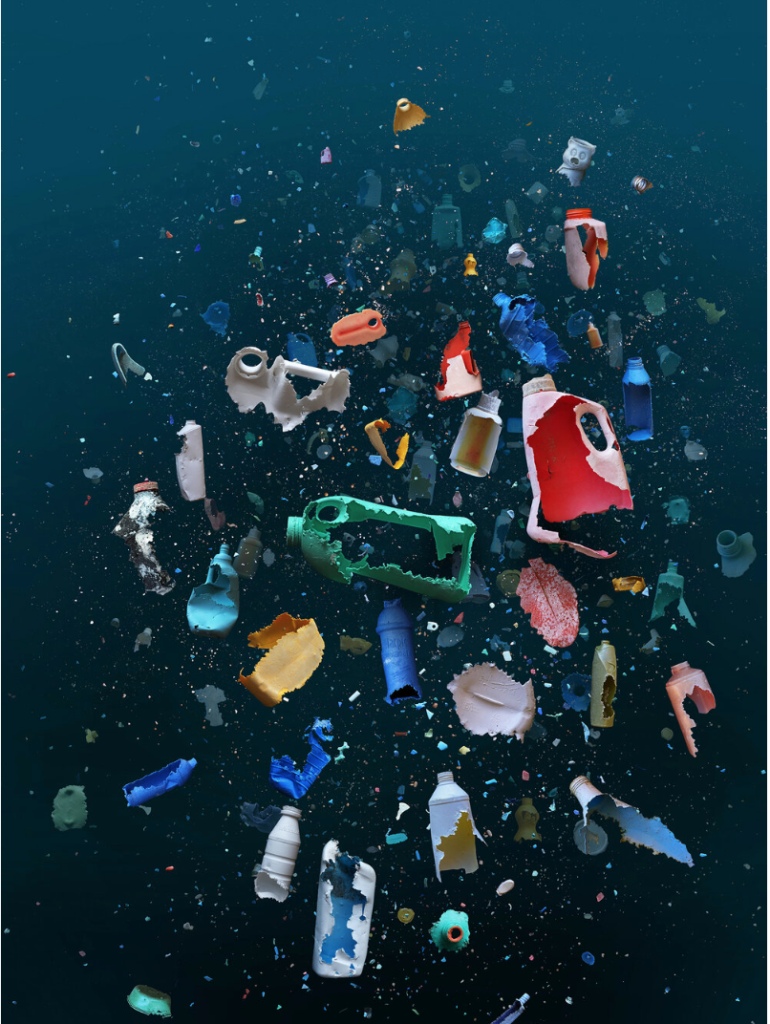
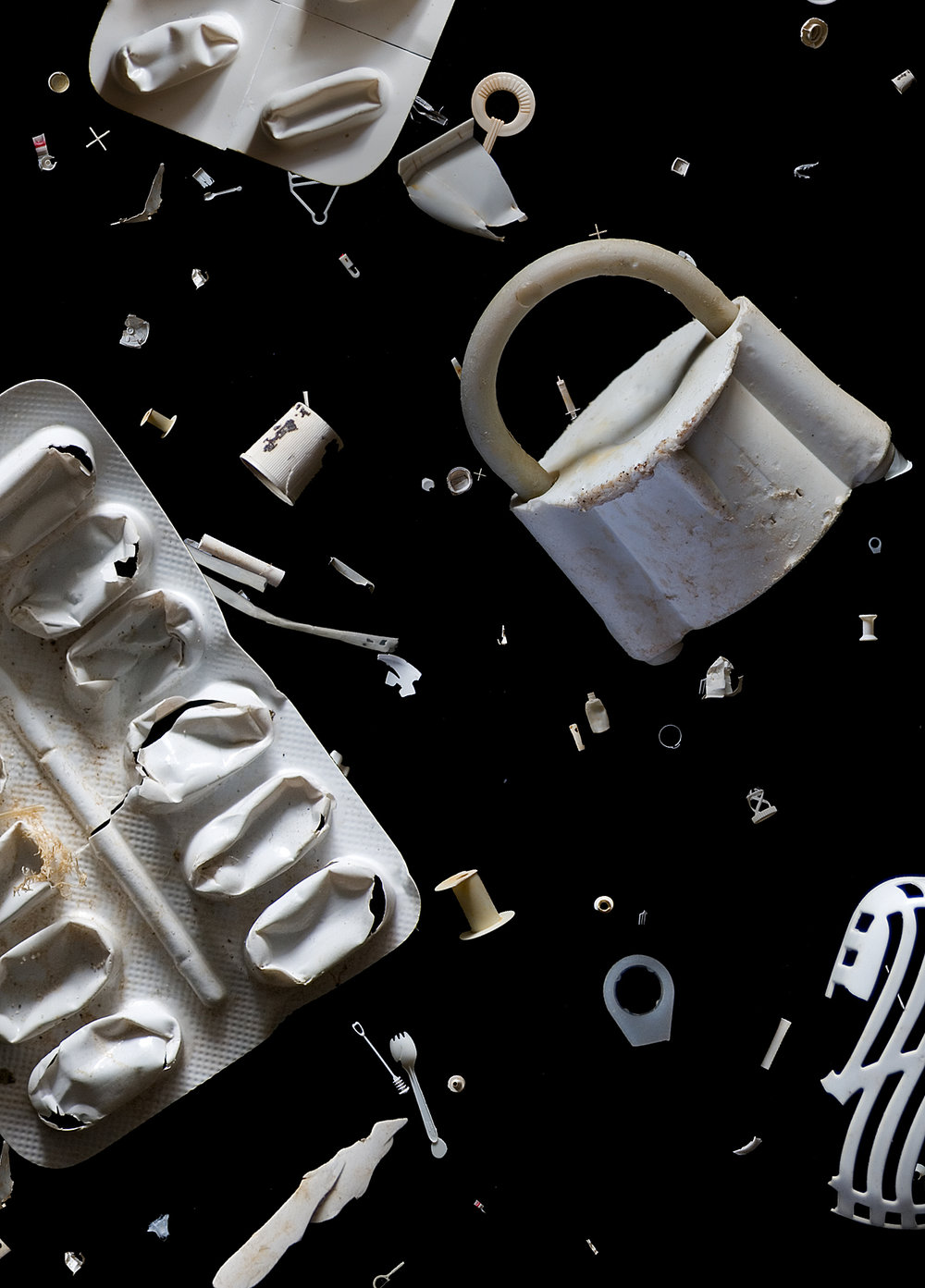




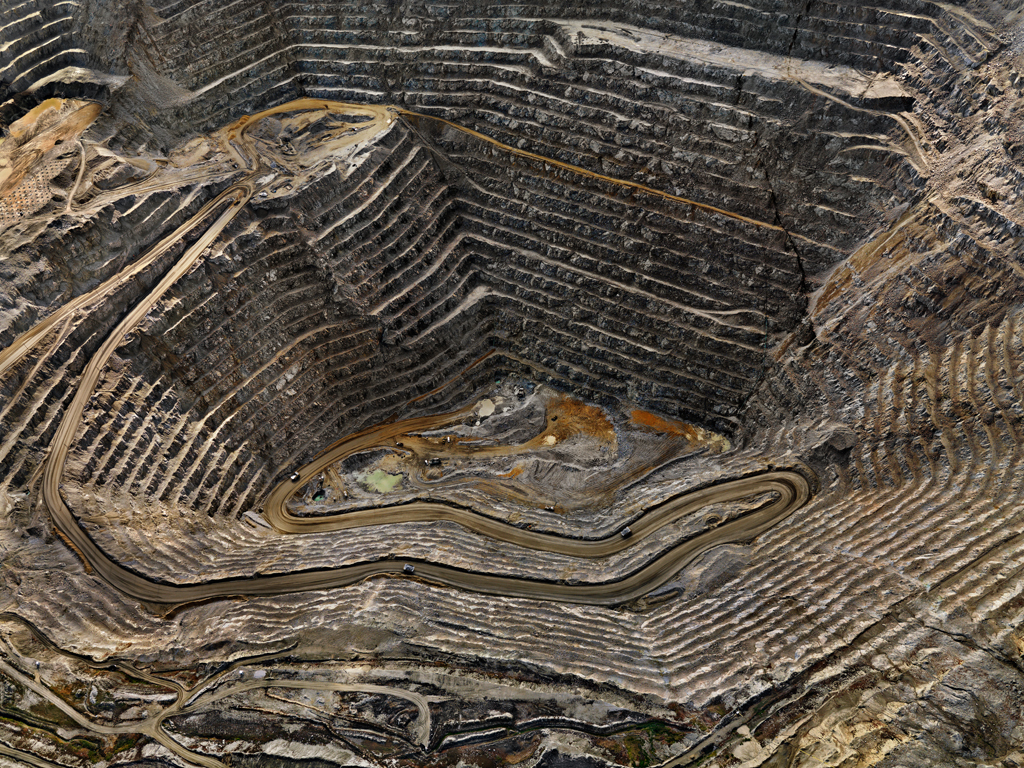


Burtynsky’s work on Anthropocene holds a neutral take on the situation of climate change and global warming. While it displays the absolute destruction of the natural world around us, the lighting and use of various tones leaves the viewer with a sense of indifference that leaves it to them to interpret how they receive the photograph.
Burtynsky often uses repetition with the patterns in his photographs, maintaining a similar texture that is only broken once or twice, typically by something else man-made, like vehicles, or a person. The angles he takes his photos from creates different shapes out of the landscape, but doesn’t follow anything uniform or geometrically.
The Anthropocene is a period of time during which human activities have impacted the environment enough to constitute a distinct geological change. It is a proposed geological epoch dating from the commencement of significant human impact on Earth’s geology and ecosystems, including, but not limited to, anthropogenic climate change.
The Anthropocene defines Earth’s most recent geologic time period as being human-influenced, or anthropogenic, based on overwhelming global evidence that atmospheric, geologic, hydrologic, biospheric and other earth system processes are now altered by humans.
The word combines the root “anthropo”, meaning “human” with the root “-cene”, the standard suffix for “epoch” in geologic time.
The Anthropocene Project is a multidisciplinary body of work combining fine art photography, film, virtual reality, augmented reality, and scientific research to investigate human influence on the state, dynamic, and future of the Earth. The artists Edward Burtynsky, Jennifer Baichwal and Nicholas de Pencier took part in this project, their way of exploring the concept of The Anthropocene.
Embracing and developing innovative techniques, the trio embarked on an epic journey around the world (to every continent save Antarctica) to capture the most spectacular evidence of human influence, while taking time to reflect on the deeper meaning of what these profound transformations signify.
The project, which launched in September 2018, includes:
-a major travelling museum exhibition that premiered simultaneously on September 28, 2018 at the Art Gallery of Ontario and National Gallery of Canada before travelling to its first European venue, Manifattura di Arti, Sperimentazione e Tecnologia (MAST) in Bologna in Spring 2019;
-a new release of Edward Burtynsky photographs
-a feature documentary film
-immersive interactive experiences in augmented and virtual reality
-an art book published by Steidl
-a comprehensive educational program

https://www.edwardburtynsky.com/projects/photographs/anthropocene


